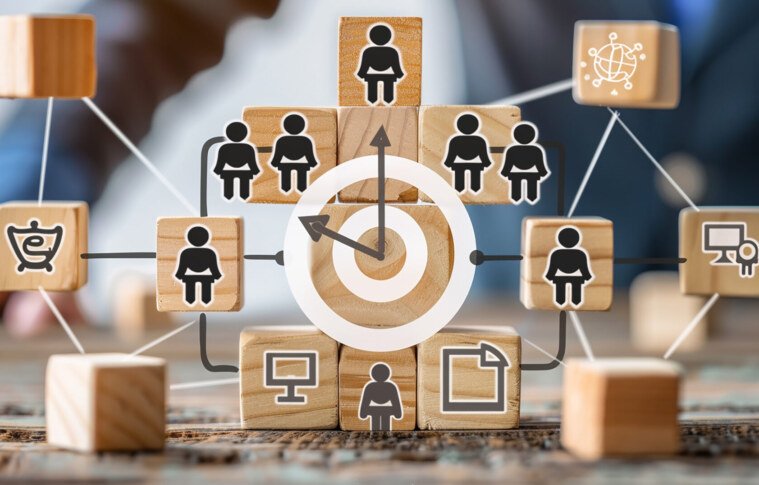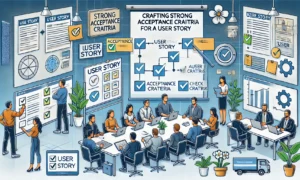As we step into 2025, retaining customers in a highly competitive market requires innovative and data-driven strategies. With customer expectations continually evolving, focusing on retention is critical for improving lifetime value, reducing churn, and building a loyal customer base. Below are eight actionable customer retention techniques tailored for 2025, along with metrics to measure their success.
1. Deliver a Seamless Onboarding Experience
Why It Matters:
The onboarding process sets the tone for the customer journey. A smooth, engaging onboarding ensures customers quickly understand your product’s value, reducing the chances of early drop-offs.
How to Do It:
- Design interactive walkthroughs and in-app guidance.
- Use AI-driven onboarding assistants for tailored experiences.
- Provide milestone celebrations during onboarding to motivate users.
Metrics to Measure Success:
- Time to Value (TTV): How quickly customers experience your product’s benefits.
- Onboarding Completion Rate: Percentage of users who complete onboarding steps.
- Day-30 Retention Rate: Customers retained after the first 30 days.
2. Personalize Customer Interactions
Why It Matters:
In 2025, customers expect hyper-personalized experiences that reflect their preferences, behavior, and needs. Personalization drives deeper engagement and strengthens customer loyalty.
How to Do It:
- Use machine learning to analyze customer data and predict preferences.
- Offer dynamic product recommendations based on past interactions.
- Personalize email marketing, push notifications, and in-app messages.
Metrics to Measure Success:
- Personalization ROI: Revenue attributed to personalized interactions.
- Customer Satisfaction Score (CSAT): Measures customer happiness with personalized efforts.
- Click-Through Rate (CTR): Higher for personalized communications.
3. Build a Strong Customer Loyalty Program
Why It Matters:
Loyalty programs incentivize repeat purchases and encourage long-term engagement by rewarding customers for their continued patronage.
How to Do It:
- Implement tiered reward structures to encourage higher spending.
- Use gamification elements like badges or leaderboards to make loyalty fun.
- Collaborate with complementary brands to offer diverse rewards.
Metrics to Measure Success:
- Redemption Rate: Percentage of rewards redeemed by customers.
- Repeat Purchase Rate: Measures how often customers return to buy.
- Customer Lifetime Value (CLV): Increase in value driven by loyalty initiatives.
4. Leverage Proactive Customer Support
Why It Matters:
Proactive support prevents issues before they occur, demonstrating that you care about customer success and reducing frustration.
How to Do It:
- Monitor usage patterns to identify potential bottlenecks and send helpful tips.
- Use AI chatbots for instant issue resolution.
- Follow up with customers after resolving issues to ensure satisfaction.
Metrics to Measure Success:
- First Contact Resolution Rate: Percentage of issues resolved in the first interaction.
- Customer Effort Score (CES): Measures how easy it is for customers to get help.
- Churn Rate: Reduction in churn following proactive support efforts.
5. Regularly Update and Improve Your Product
Why It Matters:
Customers stay loyal to products that evolve with their needs. Consistent updates show your commitment to delivering value and staying relevant.
How to Do It:
- Use customer feedback and analytics to prioritize new features.
- Communicate updates clearly through release notes and announcements.
- Beta-test features with loyal customers to build excitement and gather input.
Metrics to Measure Success:
- Feature Adoption Rate: Percentage of users who engage with new features.
- User Feedback Scores: Sentiment analysis of responses to updates.
- Retention Rate: Improved after major updates.
6. Offer Value-Added Content
Why It Matters:
Content that educates, entertains, or solves customer problems positions your product as indispensable in their lives.
How to Do It:
- Create webinars, eBooks, or tutorials that align with customer goals.
- Develop community spaces like forums or Slack groups for peer interaction.
- Use storytelling to highlight customer success stories.
Metrics to Measure Success:
- Content Engagement Rate: Views, downloads, or interactions with value-added content.
- Time on Page: Higher for educational resources.
- Conversion Rate: Customers moving to higher tiers after consuming content.
7. Implement Predictive Retention Analytics
Why It Matters:
Predictive analytics helps you identify at-risk customers and implement timely interventions to keep them engaged.
How to Do It:
- Use AI tools to analyze churn indicators such as reduced activity or negative feedback.
- Automate alerts to flag customers needing attention.
- Personalize retention campaigns based on predictive models.
Metrics to Measure Success:
- Churn Prevention Rate: Percentage of at-risk customers retained.
- Retention Campaign ROI: Revenue generated from targeted efforts.
- Engagement Metrics: Improvements among flagged customers.
8. Foster Emotional Connections Through Community Building
Why It Matters:
Creating a sense of belonging encourages customers to identify with your brand on a personal level, driving loyalty beyond the product itself.
How to Do It:
- Host events, webinars, or virtual meetups for your user base.
- Encourage user-generated content (UGC) and share it widely.
- Build an online community or forum where customers can connect and share insights.
Metrics to Measure Success:
- Community Engagement Rate: Participation in forums, events, or campaigns.
- Brand Advocacy Rate: Customers promoting your product through UGC.
- Customer Retention Rate: Enhanced by strong community ties.
Bonus Tip: Combine Strategies for Maximum Impact
The most successful retention strategies integrate multiple techniques. For instance, you can use predictive analytics to identify at-risk customers and then deploy personalized communications or loyalty rewards to re-engage them.
Conclusion: Retention Is the New Growth Strategy
As we move into 2025, customer retention is no longer just a metric—it’s a competitive advantage. These eight strategies provide a robust framework for retaining customers, ensuring that your product remains indispensable to their lives. By focusing on seamless onboarding, personalization, proactive support, and community building, your business can foster loyalty, improve lifetime value, and thrive in the evolving market landscape.



